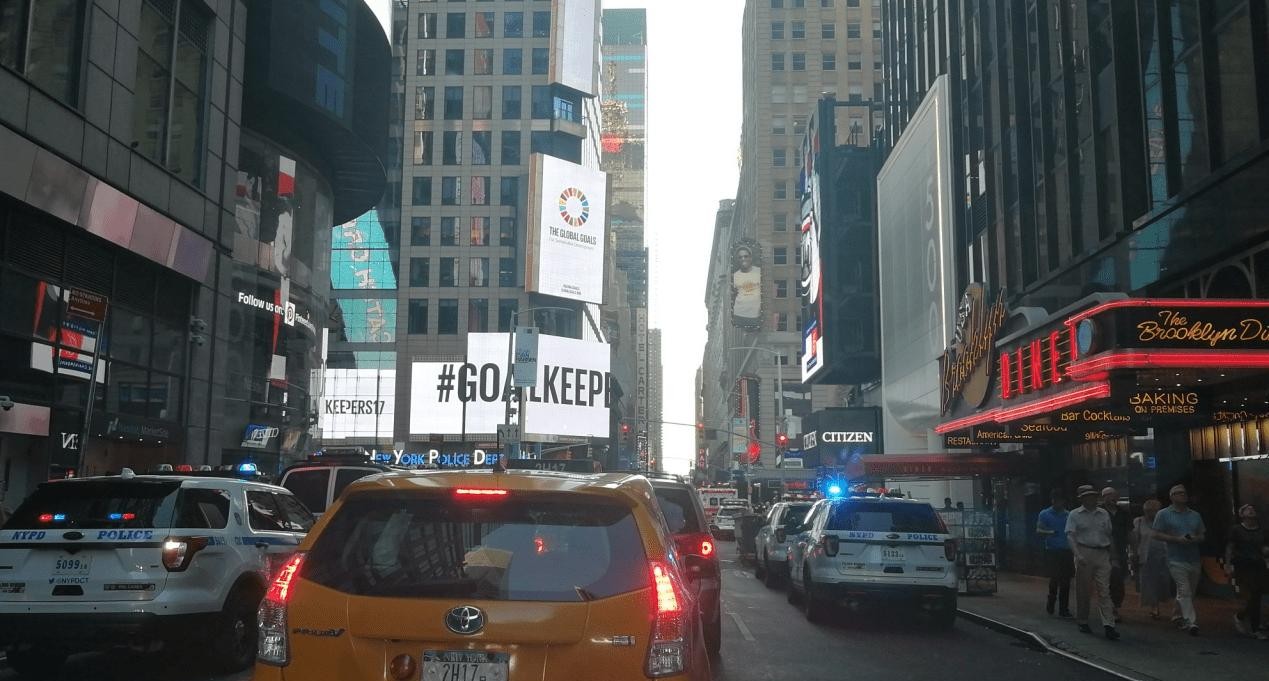Trump claimed Japan would “open its doors” to U.S. cars—but reality shows they still can’t get through.
Despite recent promises of increased imports, U.S. auto sales in Japan remain pitifully low (just 16,000+ units in 2024 vs. 200,000+ European cars sold). The barriers run deeper than politics—here’s why.
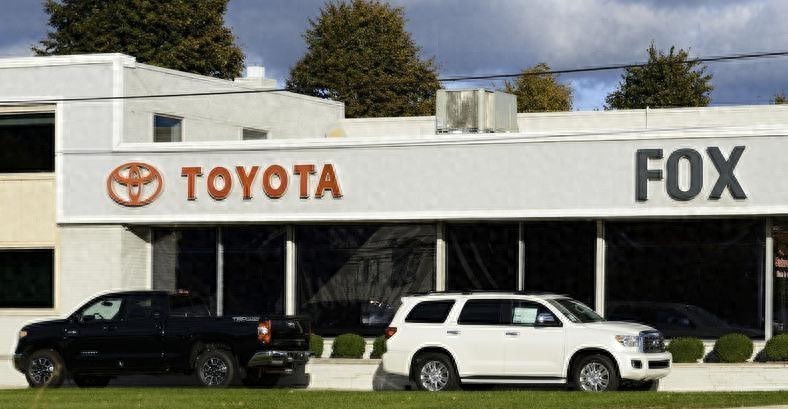
The “Trade Barrier” Myth
- The U.S. long accused Japan of protectionism; Japan denies this.
- Auto industry officials: “No company has ever reported barriers to us.”
- Experts note: Unlike agriculture, Japan lacks motive to block auto imports.
- Truth: U.S. automakers barely try—few produce right-hand-drive models or run marketing campaigns.
Size Matters (and Fails)
Take the Ford F-150:
- Dimensions: 6m long, 2m tall
- Tokyo’s old districts: Narrow one-way streets, parking spots ≤4m long
- Outcome: Doors won’t open; one U.S. truck occupies multiple spaces designed for kei cars.
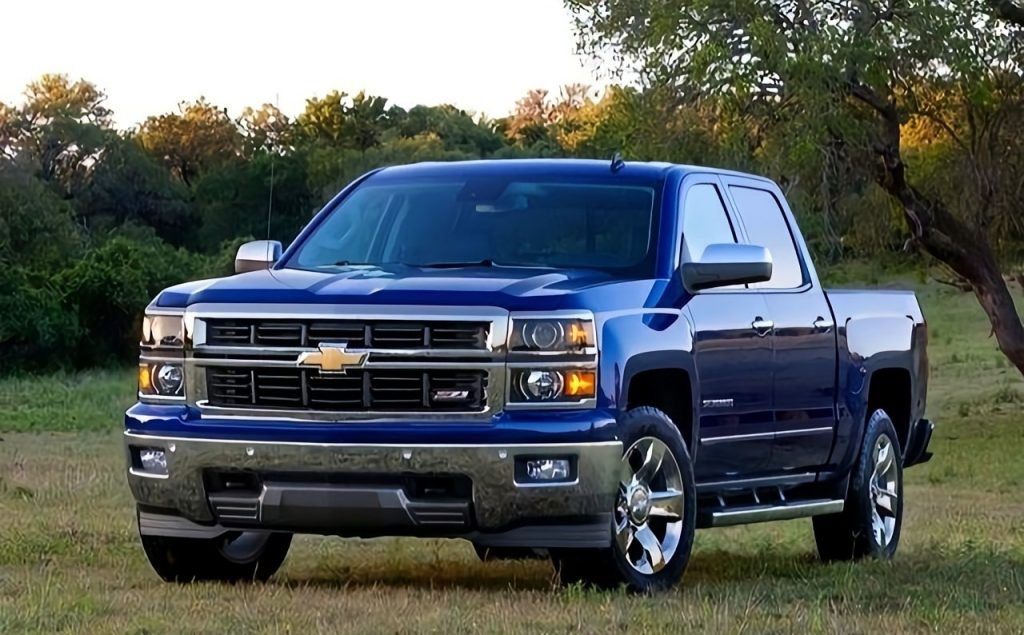
Reputation Ruins Reliability
- Japanese drivers view U.S. cars as “gas-guzzlers prone to breakdowns”—a stereotype dating back to Cadillacs.
- Recent surveys: U.S. brands dominate “most faulty” lists; Japanese brands sweep “most reliable” rankings.
- Market preference: 660cc microcars—cheap, efficient, and agile for urban life.
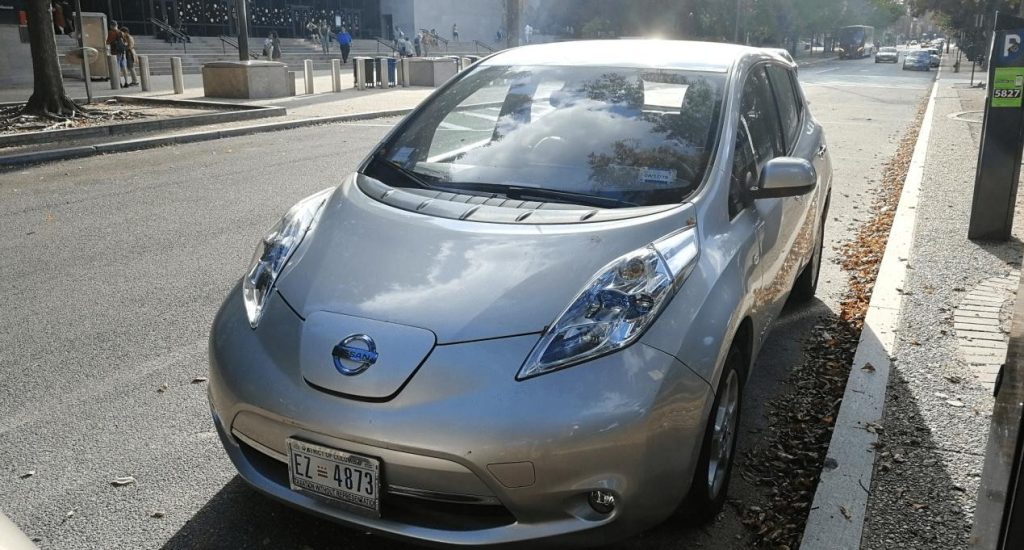
Why Trump’s Deal Changes Little
The agreement slightly opens Japan’s market but ignores core issues:
🚫 Mismatched dimensions
🚫 Deep-rooted quality distrust
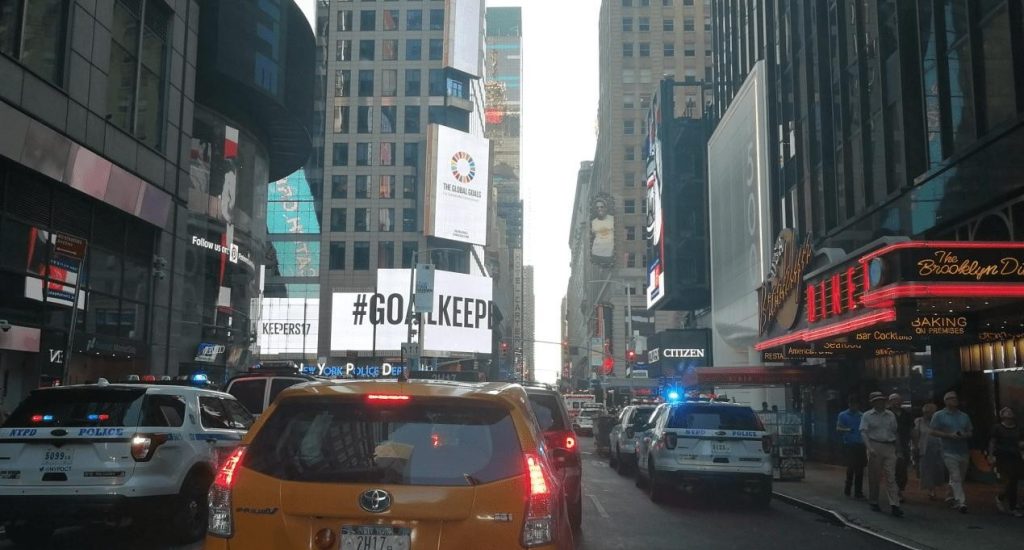
Even with policy shifts, Japanese buyers will prioritize practical needs. For American cars to gain traction? That’ll take decades—not deals.
